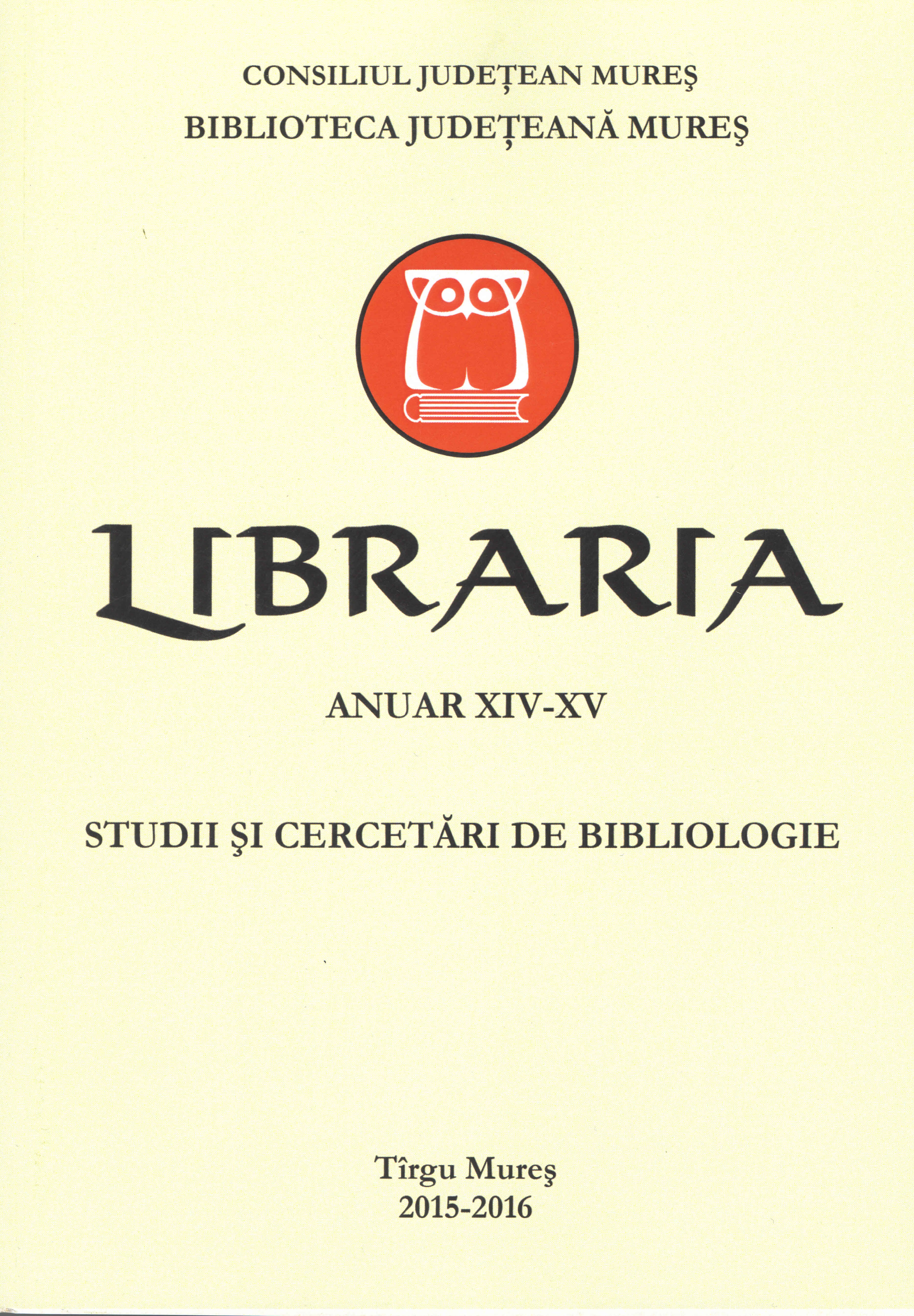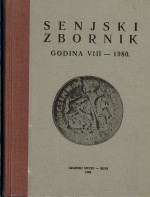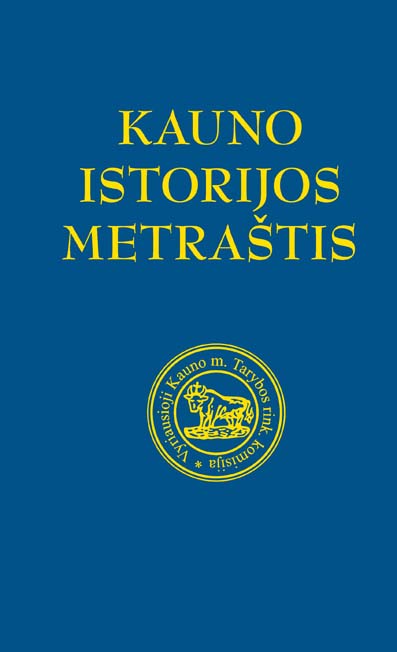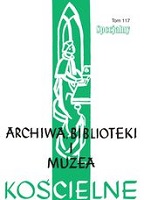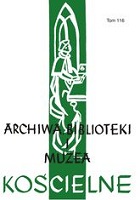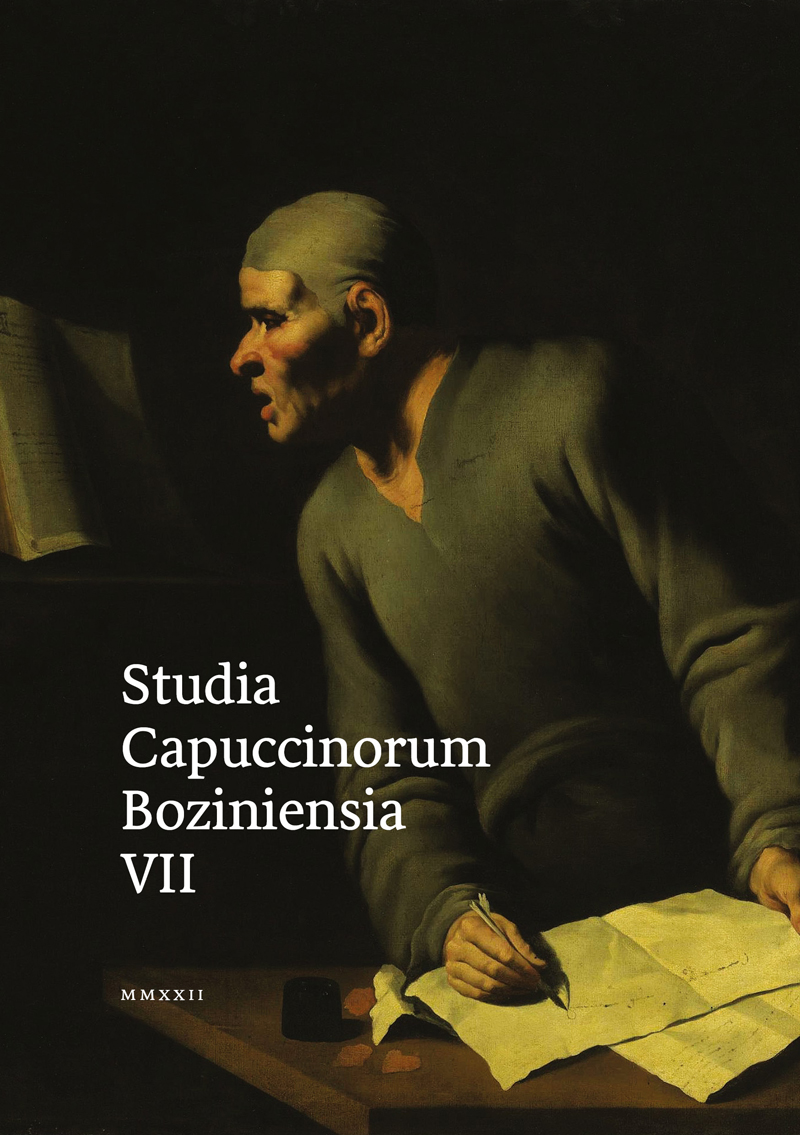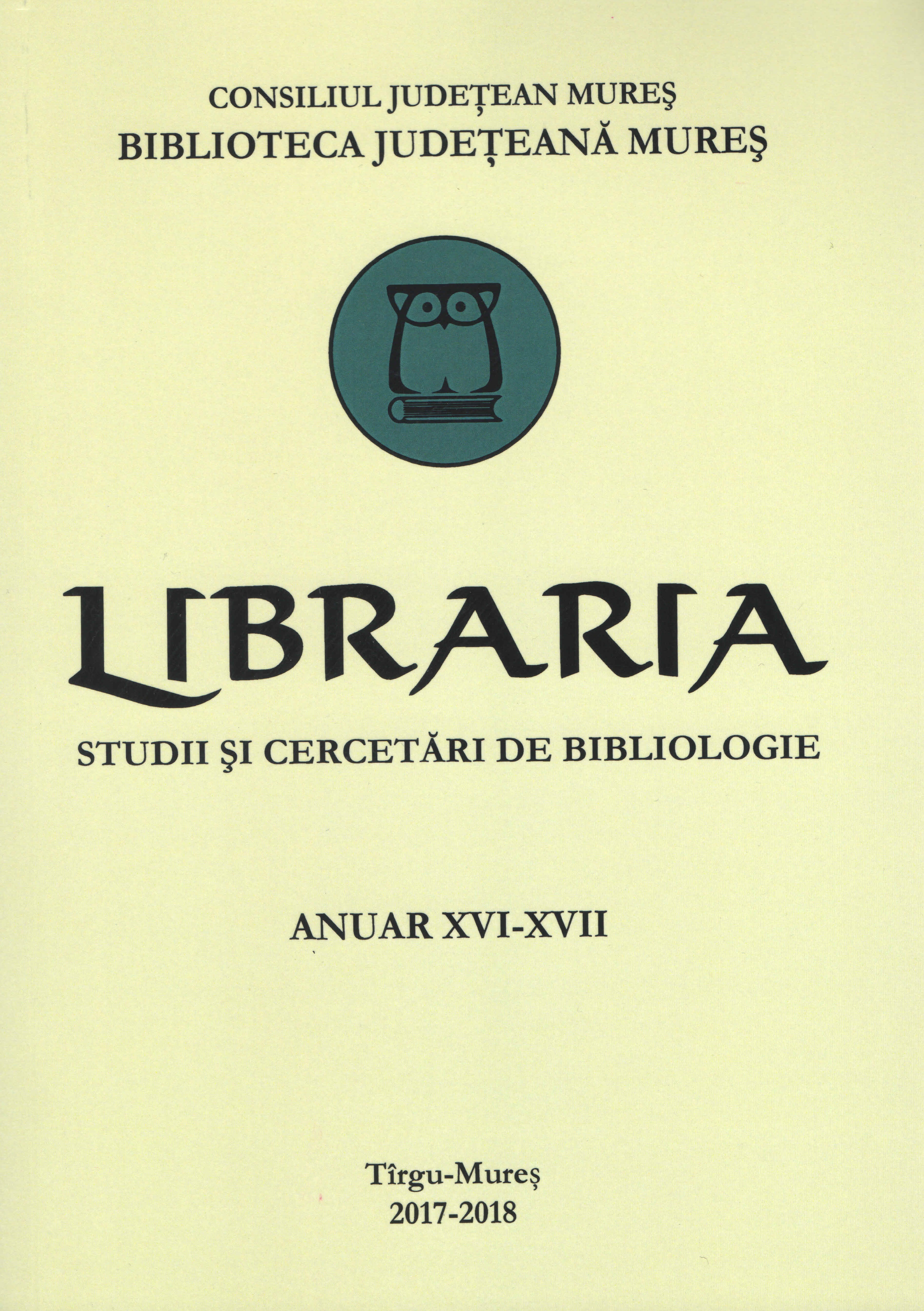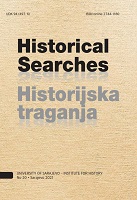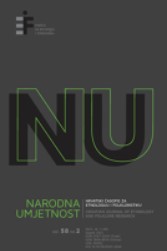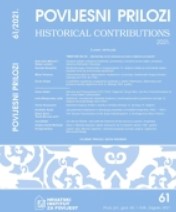Author(s): Ljilјana Stošić / Language(s): Bosnian
Issue: 20/2021
The icons by masters of the Bay of Cattaro (Kotor) painting school held in Sarajevo (National Gallery of Bosnia and Herzegovina - 7 items, Old Orthodox Church - 7), the church of Saint Nicholas in Foča (4), and the church of the Assumption of the Holy Virgin in the village of Luće (3) near Tjentište, as well as in the treasures of the Gračanica of Herzegovina (3) and Dobrun (2) monasteries, were formerly part of iconostasis, church furnishing, or items of private piety made by six of the twelve icon painters from the Bay of Cattaro: Maksim Tujković, Dimitrije Daskal, Rafailo Dimitrijević, Petar, Vasilije and Ivo Rafailović. This set of art objects includes icons, woodcuts, an antimins, a liturgical fan, and a triptych. This is a corpus of artworks created between the last decade of the 17th century and the 1850s. More detailed knowledge about these items will contribute to a better understanding of the different phases in the development of the Bay of Cattaro icon painting school. Along with the more famous icons from Serbia, Croatia and North Macedonia, the icons from Bosnia and Herzegovina painted by Maksim Tujković and the members of the Dimitrijević-Rafailović family of painters are a missing link to the scattered and insufficiently studied icons in galleries, museums, monasteries, and church treasures in Montenegro in situ. A part of the icons held in Bosnia and Herzegovina have so far been interpreted as a distinct set of work by one of the painters from the Bay of Cattaro, unrelated to the chronological and stylistic sequence to which they actually belong. Although these works have not been paid due attention, nor have they been published or exhibited, due to which they may be incorrectly attributed or dated, they are rare and unique items in the largest regional collection of icons in the Balkans and the true masterpieces of 18th-century icon painting.
More...
